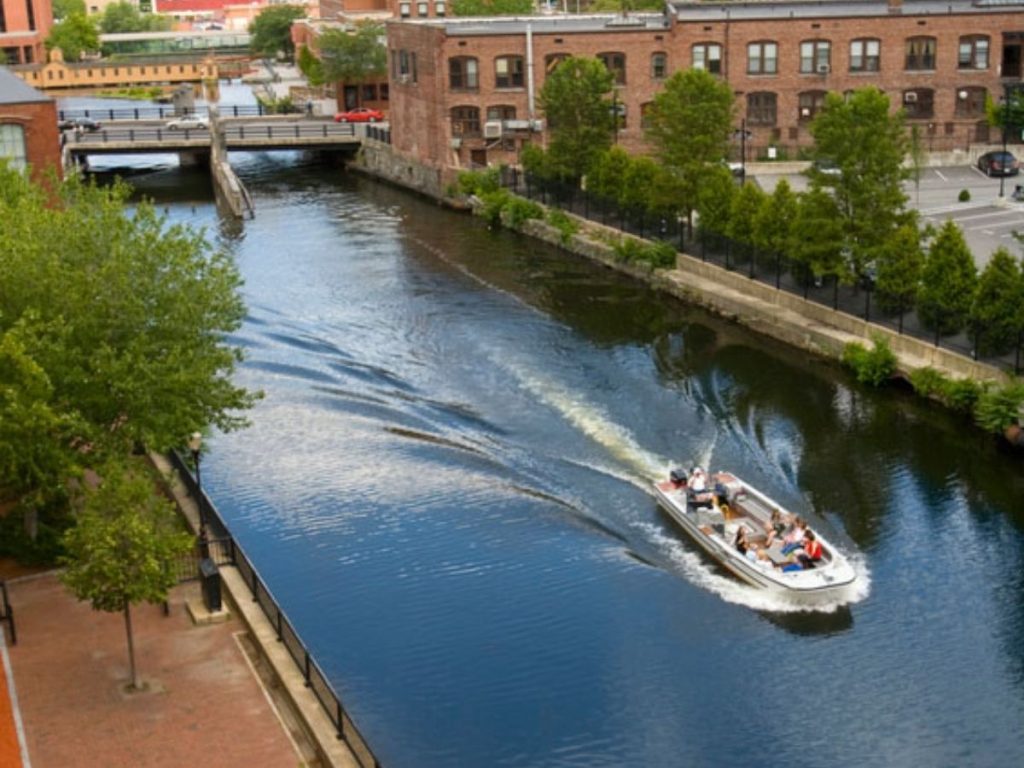Lowell, Massachusetts is a city with a rich history in the textile industry. The Lowell National Historical Park, established in 1978, tells the story of the city’s industrial past and its role in America’s economic development. One of the most popular attractions within the Park is the Lowell Textile Museum, which provides visitors with an in-depth look at the city’s textile history and the people who helped shape it.
The Lowell Textile Museum was established in the early 1980s, in one of the city’s historic mill buildings. The museum occupies a space of over 25,000 square feet and features a variety of exhibits, artifacts, and interactive displays that tell the story of Lowell’s textile history. Visitors can learn about the rise of the textile industry in Lowell, the lives of the mill workers, and the technological advancements that helped make Lowell a leading textile center.
The museum’s exhibits include an extensive collection of textile machinery, including spinning jennies, power looms, and other equipment that was once used in the mills. Visitors can also see examples of the textiles that were produced in Lowell, including cotton, wool, and silk fabrics. Additionally, the museum features exhibits about the social history of Lowell, including the lives of the mill workers and their families, as well as the impact of the textile industry on the city’s development.

History Of Lowell MA
One of the most interesting aspects of Lowell textile history is the role of immigration, The Lowell mills were among the first in the nation to employ large numbers of immigrant workers, particularly women. Many of the mill workers in Lowell were French-Canadian, Irish, and Scottish immigrants, as well as immigrants from other European countries. The Lowell Textile Museum also provides an opportunity to understand the lives of these immigrants, how they were welcomed and treated, and how they helped shape the city’s culture and society.
The Lowell National Historical Park also includes several of the city’s historic mill buildings, which have been preserved and restored. Visitors can take guided tours of the mills, which offer a glimpse into the industrial past of Lowell and learn about the lives of the mill workers and the operations of the textile mills.
In conclusion, The Lowell Textile Museum and the Lowell National Historical Park offer visitors an unparalleled opportunity to explore the city’s rich textile history and the role it played in America’s economic development. Through interactive exhibits, artifacts, and guided tours of the historic mill buildings, visitors can gain a deeper understanding of Lowell’s industrial past and the people who helped shape it. The Lowell Textile Museum and the Lowell National Historical Park are must-see destinations for anyone interested in American industrial history, and the story of Lowell, Mass. is one of the most important textile centers in America.

